- I would like to ask you first of all about how you came to establish Caochangdi Work Station.
-
Wen Hui:
Caochangdi Work Station is a natural extension of the activities we began in 1994. At the time I was a choreographer for the China National Song & Dance Ensemble. The China National Song & Dance Ensemble is a company that attracts many of the best dancers in China and it is administered directly by the National Department of Culture. But we had grown tired of the type of dance done there and wanted to create works that reflected our actual lives more directly. At that time, Wu Wenguang had already left the television station he had worked at and was pursuing his own freelance career as a video artist, and together we privately started activities under the name Living Dance Studio. That may sound like we started some performing arts company, but in fact it was just our own artistic activities at the time. It was just the two of us and we only used this name to refer to our artistic activities.
As time passed and the number of opportunities to perform out works increased, Living Dance Studio became known as an independent production and performance group and we began to get support for our activities from a number of people. One of the supports is the friend of ours who have supplied us with this facility. They rented this land and facilities here in Caochangdi and refurbished them and let us use without charge all of the facilities exception for the office space they use for their own company. That is how we were able to open our operating base here in April of 2005 and name it Caochangdi Work Station. - What kind of company does your friend run?
- Wu Wenguang: It is a company that plans and designs trade shows such as motor shows. The rent for the land and buildings that Caochangdi Work Station now occupies here is 250,000 Chinese Yuan a year (approx. 36,000 USD) and they pay all of that cost for us. You might expect this to be something a big company would do, but actually it is a small two-person company. In short, it is a personal philanthropic act. It is not something that only big companies can do. In China there is still no custom of corporations supporting the artistic activities of independent artists. There are very few companies like theirs that support artists like us. And they are very professional about the maintaining a proper distance in this support relationship. They don’t make any particular demands of us. They understand that we need rehearsal studio space and a performance theater space and they gives their full heartfelt support in these areas.
- What sort of facility is Caochangdi Work Station?
-
Wen Hui:
For us it is like a laboratory where we can pursue our artistic expression to the fullest. And it is not only for us to use. We offer working and performing space for other independent artists who don’t have the environment and the information to pursue their art fully. For example, since we are not like public theaters or entertainment facilities, you don’t see any prominent sign at the entrance. The buildings are grouped around a central courtyard and the residential and work areas are integrated in one complex (Photos 1and 2).
The facilities include spaces for film/video and spaces for the performing arts, and in each of these fields there are comprehensive facilities to accommodate the full range of activities from creating works and holding workshops to giving performances and holding symposiums, seminars, etc. And this space where we are having this interview right now contains a library of over 1,000 tapes of performances of domestic and international works of dance and theater, as well as related reference materials (Photo 3). The performing space in the back (Photo 4) has terraced type audience seating area lighting rigs and we are gradually outfitting it with stage equipment. It has an audience seating capacity of about 160. Behind that there is also an office area (Photo 5). The film/video space is the building you see directly ahead when you enter the gate. And near the entrance to this building there is a cafeteria (Photo 6). It may look to you like a small version of a college cafeteria. Our living space is on the second floor of this building. When artists from overseas come here we have them stay at a hotel that is just five minutes from here by car and just two stops on the local bus line at Dashanzi. - What kinds of spaces and works are you aiming to create here at Caochangdi Work Station?
- Wu Wenguang: It is not what you normal refer to as dance and theater. Our aim is to create contemporary theater that brings together a variety of different artistic elements. The works created by Living Dance Studio as well are not confined by traditional concepts of dance but works that combine movement and words and music, etc., into a fusion of numerous artistic elements that you call composite art. Also, we place particular importance on is that it be art that deals with the realities of our daily lives. And in this sense you could say that we are not creating art for art’s sake. And by taking themes from the things that are happening around us and the things we feel in our daily lives, we are trying to make this a space that produces works that people can relate to easily.
- How many people work on the staff here at Caochangdi Work Station?
-
Wu Wenguang:
The full-time staff consists of ten people, including the two of us. All of the members of the staff are people who gathered because they like it here, so it is not the usual employment relationship. We don’t have any set days off or working hours. From the point of view of the society as a whole, we probably look like an odd bunch. Most of the people here are young people born in the 1980s. When we are having performances, we gather additional staff. And when there are no performances scheduled there will be artists who pay a nominal fee to live and work of their creations here.
How were your artistic activities like before establishing Caochangdi Work Station?
- Wen Hui: Our biggest worry has long been finding space to work, and we were constantly moving from one place to another. In terms of works, the first work we did as Living Dance Studio was created by a group of about ten friends. Creating works takes some amount of money. Since we didn’t have our own studio or theater and not sufficient funds for producing works, we were not able to pay our dancers a guaranteed salary. The friends who worked with us were from a variety of professions, from photographer and director to teacher and reporter. I was the only professional dancer in the group. Our performances were held in a college classroom at the Beijing Film Academy. That was in 1994.
The next year Wu Wenguang and I did a small work involving just the two of us and performed it at an “Experimental Small Theater Internal Works Performance” event in Guangdong. Taking the toilet as our theme, we created a work that dealt with daily life and the two of us performed it (Photo 7). Wu is a video artist, but for our Living Dance Studio works he does the concept making and the composition and also performs.
Over the next four years until 1999 we lacked the funds to do any works in China, but we did use this as a preparation period for our next new work by doing an interview survey. Interviews are something that you can do without any costs (laughs). We wanted to do something that expressed the life environment and growth process women in China today are experiencing and the chose giving birth as the connecting point for a study. We interviewed women from a wide variety of professions such as blue-collar workers, editors, writers/artists, midwives and housewives and ranging in age from 25 to around 90. Based on these interviews we created the work “ Report on Giving Birth ” in 1999 (Photo 8). This was the first of our “Notice” (Report) series (Photos 9, 10).- What was the opportunity that prompted you to produce Report on Giving Birth ?
- Wu Wenguang: This work Report on Giving Birth marked a turning point for us. A festival director from the Netherlands had come to Beijing looking for works asked our Living Dance Studio to prepare a work to perform at for a festival in Amsterdam. Thanks to their funding we were able to do a production including other dancers, instead of just the two of us. It also made it possible to work in collaboration with other artists in fields like music and stage art (sets). And this also gave us a chance to establish ongoing relationships with friends in the Netherlands. Since Caochangdi Work Station opened in 2005 they have become important partners we are working with there.
After giving three performances of Report on Giving Birth at the small theater of the Beijing People’s Art Theatre, a public theater in the center of Beijing, we received invitations from a number of festivals in Europe and the U.S. that led eventually to more than 40 performances.- As independent artists, did you have many chances to perform in China?
- Wu Wenguang: It is still the case that in socialist China it is very difficult for groups other than public arts companies to have their works performed. Public arts companies have their own theaters and they are certified to give performances. We independent groups don’t have either of those things. We can sell tickets, but there is no way to come close to breaking even by selling tickets at around 50 Chinese Yuan (7 USD) for a few performances. There is no opportunity to perform unless we rent a theater knowing that we will no recover the cost. Under current conditions, even though we may be Beijing artists and we have opportunities to perform abroad, we still do not have opportunities to perform in Beijing. It wasn’t until four or five years after out first Beijing performance of Report on Giving Birth that we finally got the opportunity to perform it again in China.
That is why we wanted a space where we could create and perform our own works. And we are fortunate to have had friends who understood that and provided us with this space. It wouldn’t have been impossible for the two of us to have found for a place, but I don’t think that we ever would have been able to find a place this big.
And since we have gotten a space this big, we believe that we must not use it only for ourselves but also for activities to support and promote the work of other independent artists like us. That is why we started using Caochangdi Work Station as a base for holding workshops, seminars/symposiums and festivals.- Can you tell us about the workshops you are holding?
- Wu Wenguang: We invite foreign instructors to hold workshops that last for a week to ten days. For our first workshop in April of 2005, we invited the Austrian dancer Willi Dorner.
The workshops were held every day for four hours from one to five in the afternoon, and they were all free. Every time there were from 10 to 20 participants. As a rule we ask them to participate for the whole workshop, but when the workshops are free, the participants tend to get a lax attitude and skip days, which affects the operation of the workshop. So, now we ask for a deposit of 100 Yuan (15 USD). It has been quite effective (laughs).
The two of us also give workshops. These are one- or two-month courses that are held on the weekends. We don’t charge any fee for these. Until now we have held director workshops that focus on expression, but from 2008 I also want us to hold technical workshops in fields like sound (acoustics). In the future I also want to do workshops on documentary filming.- What kinds of people mainly come to Caochangdi Work Station.
- Wu Wenguang: If you divide it into dancers and theater people, the dancers are mostly students studying dance in special training institutions or graduates of such courses. In theater we almost never see students or graduates of special training institutions. There may have been some researchers, but we haven’t seen any people who have studied acting or directing as a profession. The direction must be different. They are probably too busy doing drama or films. The people attending who are not trained professionally in theater include teachers, magazine editors, designers, student and various others. Mostly they are younger people who want to do works independently as a form of self-expression. Most are in their 20s to 30s. Can you give us an outline of the festivals you do?
- Wen Hui: We do festivals in the spring and autumn. In the spring is our May Festival and our autumn festival is called the Crossing Festival in October. Their contents are documentary film and performing arts. And, from 2006 we have added our Young Choreographers Project.
- Will you tell us in some detail what the performing arts category includes?
- Wu Wenguang: Things have only just begun, and since the first 2005 holding, the contents, scale and venues have changed each year. In the spring of 2005 we held symposiums and workshops at Caochangdi Work Station and performances were held in neighboring Dashanzi as part of a “Dashanzi International Arts Festival.” The main venue was 798 Space, a 1,200 square meter art space created from a renovated old factory. As the first “Crossover Arts Festival” in the autumn of 2005, there were only three works performed. One of these was our Living Dance Studio performance and the other two were works from the Netherlands and Austria. We held the performances at Nine Theater, a space recently outfitted as a small public theater inside a culture hall of Chaoyang District where Caochangdi Work Station is located.
By 2007 the festival grew in scale to the point where we had a total of ten works on the program, including four from Beijing, two from Shanghai, one from Guangzhou and foreign works from Italy (1) and the Netherlands (2). From 2007 the performances, workshops and symposiums, all of the programs were held at Caochangdi Work Station for both our spring and autumn festivals.
The autumn Crossover Arts Festival began a tie-up with a Shanghai festival from 2006. It is the Yuejie Fringe Festival (*2) directed by Zhang Xian (*1). Both are festivals dedicated to the pursuit of new forms of physical expression and their programs are made up mainly of experimental works. By holding these festivals in the two cities simultaneously, they can exchange works to provide fuller programs and the artists are given the opportunity to perform before a larger audience.- What are the contents of the Young Directors Project you began in 2006?
- Wu Wenguang: I mentioned earlier our partnership with our friends in the Netherlands and this project is also operated with financial support from them. It is a program that supports young independent artists who, like ourselves in the past, seek to create works freely. We solicit plans for works from them and provide the chosen applicants with a grant of 2,000 Yuan (approx. 300 USD). It is a very small amount considering the cost of creating a work, but it is still enough to be an important motivating factor for these artists. We hope that young artists will use this grant to help them strive for the next higher level in their artistic development.
In our first Young Directors Project in 2006, eight proposals received grants to create works that were then performed at our May Festival. Of these, three were given additional grants for further development and then got the opportunity for performances at the autumn two-city festivals, the Crossover Arts Festival and the Yuejie Fringe Festival.
For the 2nd Project in 2007 we received 20 proposals from around the country. The genre included not only dance but also literature, film, visual art, architecture, electronics and economics. We added another judge besides the two of us and selected 14 proposals to receive the grants and an opportunity to perform their finished work at our May Festival. It became far more than the eight projects we had originally intended to chose, but we wanted to provide performance opportunities to as many young artists as possible.- How do you get the funding to invite foreign works and instructors?
- Wu Wenguang: We go directly to the embassies or corporations of the country where the artists are from and ask for support. It is not a case where the artists are asked to find their own grants or financing.
There are times when we get proposals from foreign groups who find out that we invite foreign works and they are seeking an agreement in which we provide all the costs involved in the performance venue, but since we are not a public facility receiving a budget from the government. We are a privately run facility that cannot afford that kind of arrangement. Rather, if we don’t get production fees and the fees involved in theater use, we can’t pay for the labor or advertising costs involved for the performances.
We have no trouble earning our own living. I can do planning and filming jobs and Wen Hui gets many offers to perform at parties organized by the television stations. Because we are busy now, we have cut back on the number of these types of jobs we accept but they still provide sufficient income for us.- Are you interested in Japan’s performing arts?
- Wu Wenguang: Of course we are. My favorite company is Dumb Type.
Wen Hui: So far there have been two Japanese artists studying in Beijing who have participated in out Living Dance Studio productions. A young Japanese lighting technician whom we met in London in 1997 has also participated in our productions.
Wu Wenguang: However, unfortunately, until now we have not been able to invite any Japanese works. Funding is a big problem in such cases. - Wen Hui: Our biggest worry has long been finding space to work, and we were constantly moving from one place to another. In terms of works, the first work we did as Living Dance Studio was created by a group of about ten friends. Creating works takes some amount of money. Since we didn’t have our own studio or theater and not sufficient funds for producing works, we were not able to pay our dancers a guaranteed salary. The friends who worked with us were from a variety of professions, from photographer and director to teacher and reporter. I was the only professional dancer in the group. Our performances were held in a college classroom at the Beijing Film Academy. That was in 1994.
Wen Hui / Wu Wenguang
Pioneers of China’s contemporary independent arts scene
Caochangdi Work Station
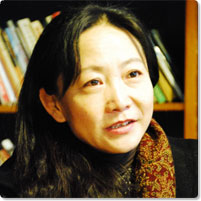
Photo: R PRODUCTION
Wen Hui
Dancer and choreographer
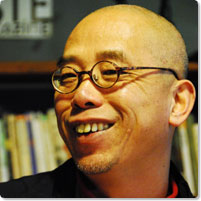
Photo: R PRODUCTION
Wu Wenguang
Video artist
*1
Zhang Xian is an independent art director who also heads his own dance company, Zuheniao. Zuheniao
*2
Yuejie Fringe Festival was first held in 2005 and featured works from Japan for the first time in its 3rd holding in 2007. There were four works including one China-Japan collaborative production (produced by R PRODUCTION, Ryoko Kikuchi). _OM-2 Production No.5 _Min Tanaka _Marebito-no-Kai Cryptograph
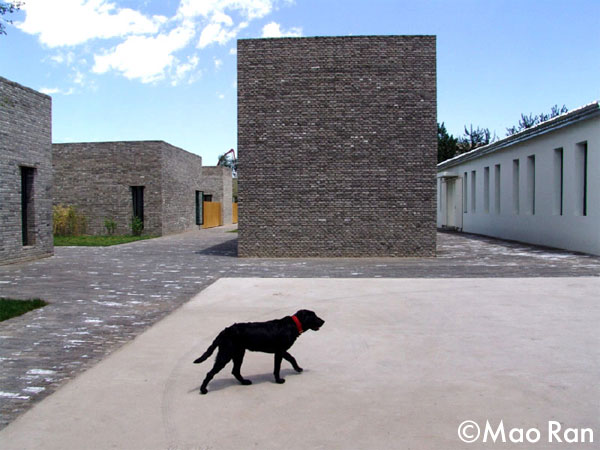
Photo1:Caochangdi Work Station
At right is the main building of Caochangdi Work Station and in the center is the filming studio space
Photo: Mao Ran
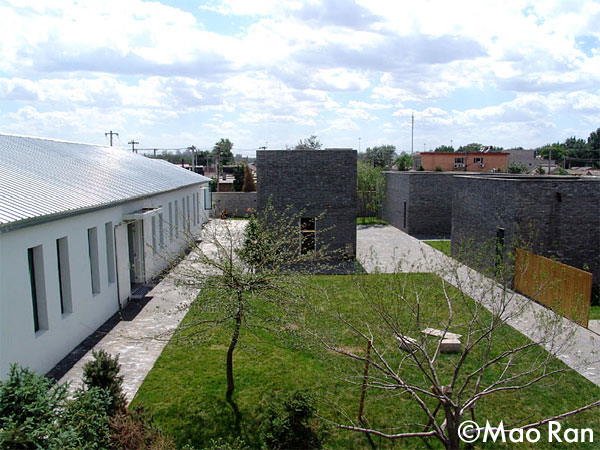
Photo2:
Looking toward the entrance from the back of the Station grounds
Photo: Mao Ran
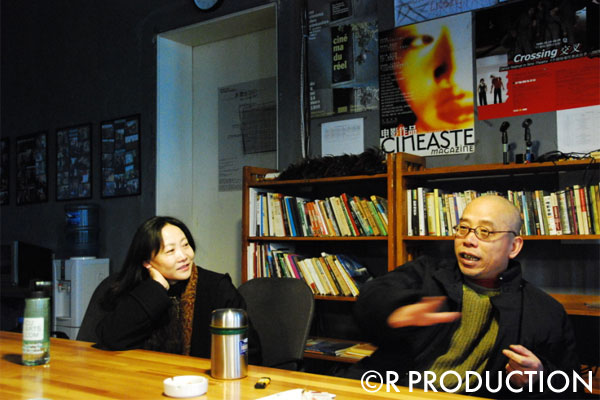
Photo 3: The meeting room and library space
Photo: R PRODUCTION
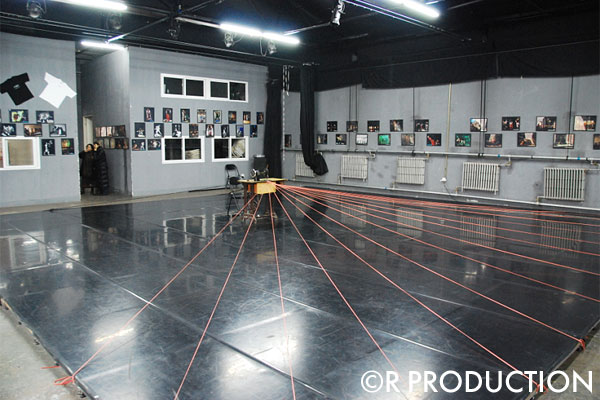
Photo 4: Performing space
Photo: R PRODUCTION
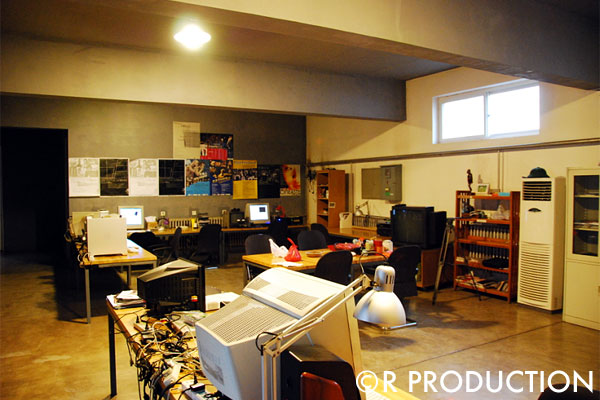
Photo 5: Office
Photo: R PRODUCTION
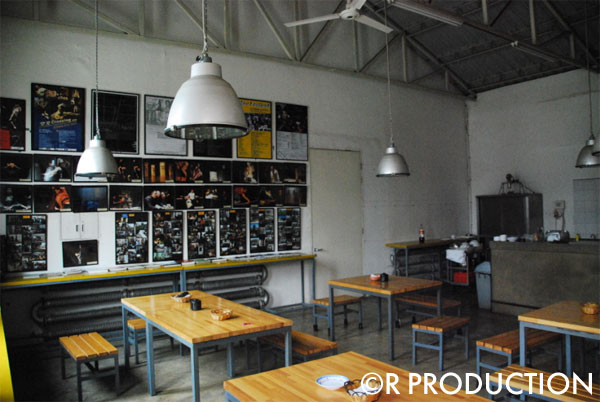
Photo 6: Cafeteria
Photo: R PRODUCTION

Photo 7: Living Dance Studio work
Toilet
Photo: Zhang Zhiwei
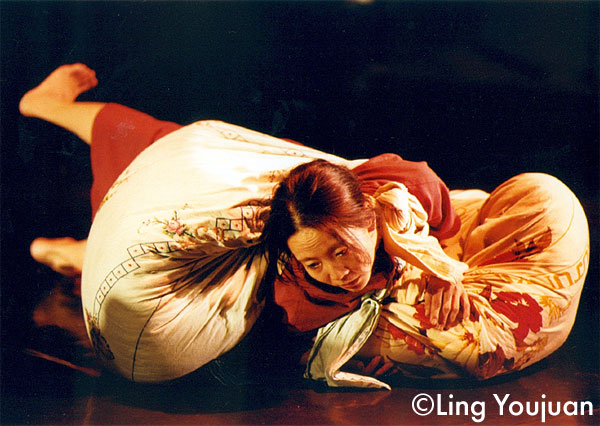
Photo 8: Living Dance Studio work
Report on Giving Birth
(Nov 1999)
Photo: Ling Youjuan

Photo 9: Living Dance Studio work
Report on Body
(Dec 2002)
Photo: Ricky Wong

Photo 10: Living Dance Studio work
Report on 37.8°C
(Oct 2005)
Photo: Ricky Wong
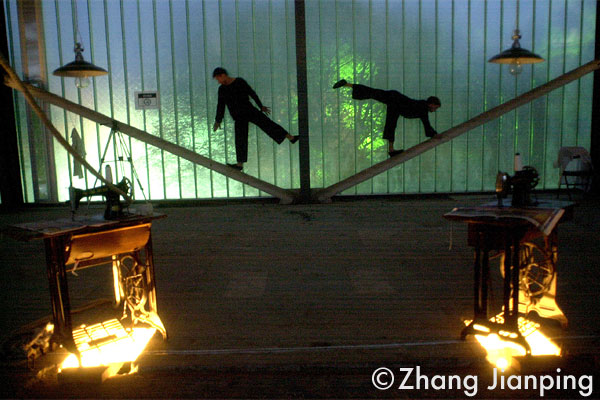
Photo 11: Living Dance Studio work
Dance with Farmworkers
(Aug 2001)
Photo: Zhang Jianping
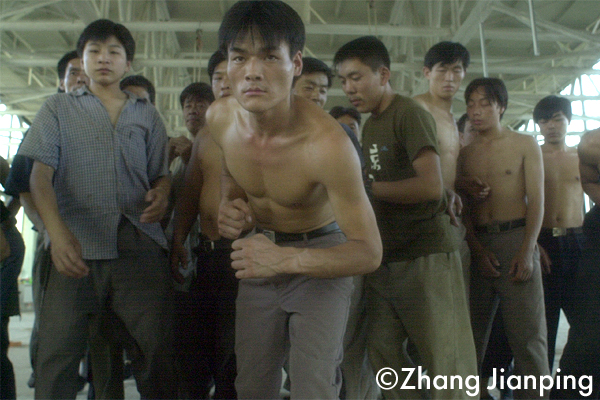
Photo 12: Living Dance Studio work
Dance with Farmworkers
(Aug 2001)
Photo: Zhang Jianping
Related Tags

